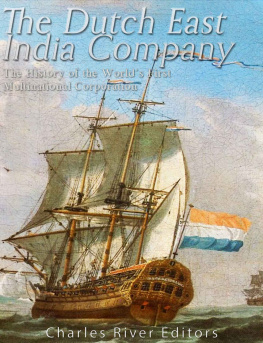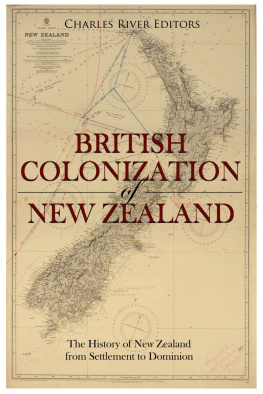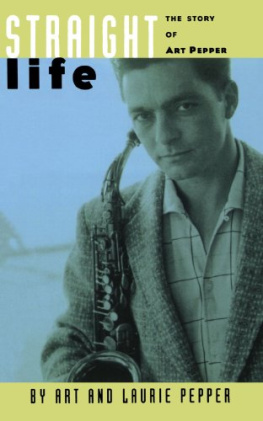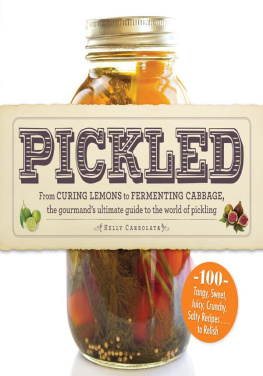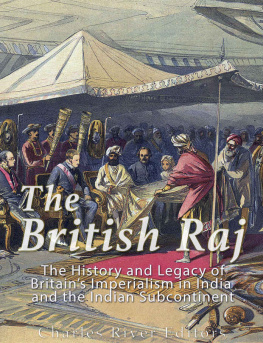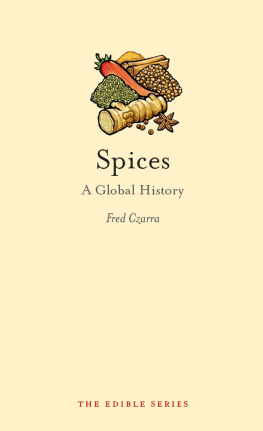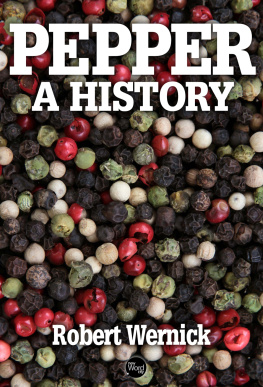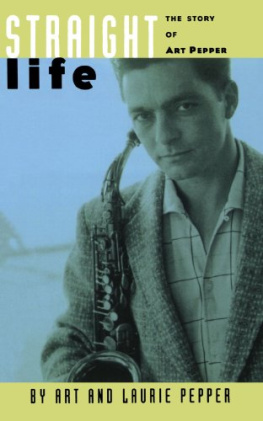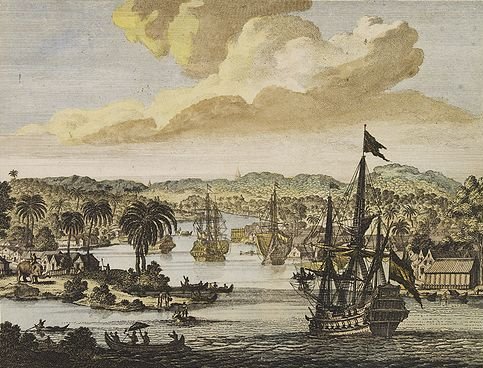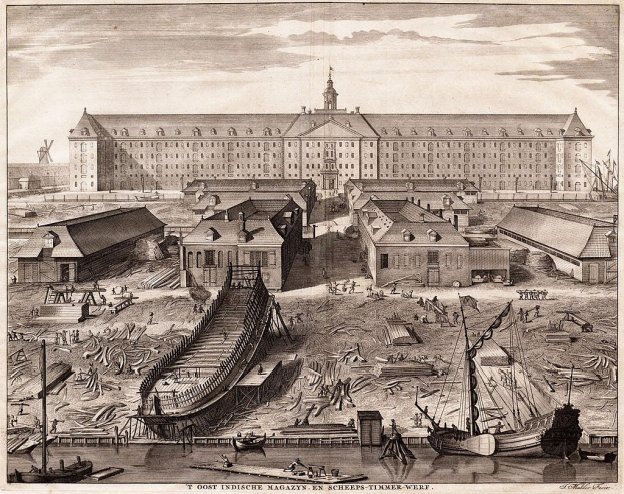Charles River Editors - The Dutch East India Company: The History of the World’s First Multinational Corporation
Here you can read online Charles River Editors - The Dutch East India Company: The History of the World’s First Multinational Corporation full text of the book (entire story) in english for free. Download pdf and epub, get meaning, cover and reviews about this ebook. year: 2016, publisher: Charles River Editors, genre: Home and family. Description of the work, (preface) as well as reviews are available. Best literature library LitArk.com created for fans of good reading and offers a wide selection of genres:
Romance novel
Science fiction
Adventure
Detective
Science
History
Home and family
Prose
Art
Politics
Computer
Non-fiction
Religion
Business
Children
Humor
Choose a favorite category and find really read worthwhile books. Enjoy immersion in the world of imagination, feel the emotions of the characters or learn something new for yourself, make an fascinating discovery.
- Book:The Dutch East India Company: The History of the World’s First Multinational Corporation
- Author:
- Publisher:Charles River Editors
- Genre:
- Year:2016
- Rating:4 / 5
- Favourites:Add to favourites
- Your mark:
The Dutch East India Company: The History of the World’s First Multinational Corporation: summary, description and annotation
We offer to read an annotation, description, summary or preface (depends on what the author of the book "The Dutch East India Company: The History of the World’s First Multinational Corporation" wrote himself). If you haven't found the necessary information about the book — write in the comments, we will try to find it.
*Includes contemporary accounts of the VOCs expeditions and conflicts
*Includes online resources and a bibliography for further reading
*Includes a table of contents
Whereas pepper has nothing in it that can plead as a recommendation to fruit or berry, its only desirable quality being a certain pungency; and yet it is for this that we import it all the way from India! Pliny the Elder
From classic grilled meat to exotic and savory 5-star dishes, pepper has long been the ultimate staple spice. While bulk pepper may be readily stocked in supermarkets and convenience stores today, there was once a time when the common spice was considered one of the most valuable commodities in the world. Merchants tripped over one another to get their hands on the tiny black beads, which live in colorful clusters of berry-like shells reminiscent of Christmas lights. They were so precious that an uncountable number of men crossed the turbulent and uncharted seas for them. In fact, the tropical spice was so highly sought after that blood was shed over the edible gold.
To many, the mention of maritime merchants evokes an imagery of growling pirates donned in their stereotypical hats and a colorful parrot perched upon their shoulders. These nautical rascals wander the high seas in search of treasure and adventure. Though that imagery may be inaccurate, the real life companies that once dominated international waters operated on a similar thirst for conquest and riches.
Perhaps the most famous or as many would put it, infamous of these naval corporations was the Dutch East India Company, also known as VOC. Established around the beginning of the 17th century, this nautical behemoth of a corporation was determined to squeeze everyone else out of the market. Vested with the power to wage war and exterminate any who dared stand in their way, the rest of the world stood by as the unstoppable force took over the whole of international maritime trade. The company would crush its opponents on the way to the top, establishing a monopoly on the global spice trade that would not only rock the world but forever change the course of modern business history.
This book examines how the rabid consumer craving of a particular spice jumpstarted the legendary corporation, and how the Dutch East India Company rose to prominence through a brutal mix of financial acumen, merciless violence, and highly controversial business tactics. Along with pictures of important people, places, and events, you will learn about the Dutch East India Company like never before, in no time at all.
Charles River Editors: author's other books
Who wrote The Dutch East India Company: The History of the World’s First Multinational Corporation? Find out the surname, the name of the author of the book and a list of all author's works by series.

